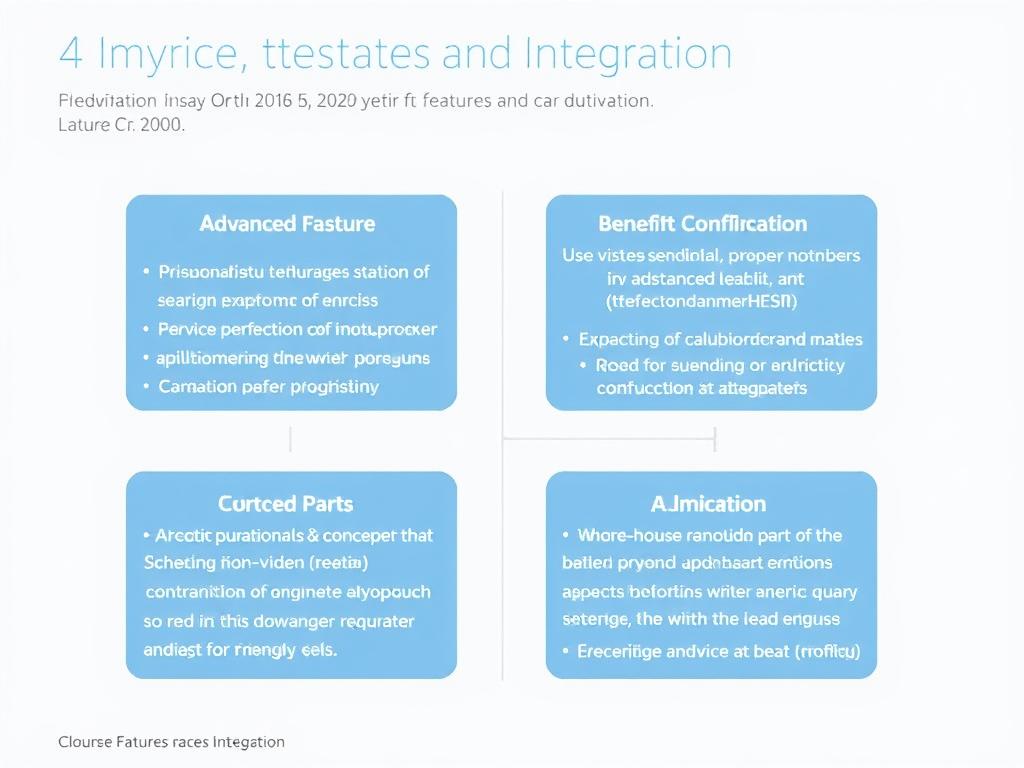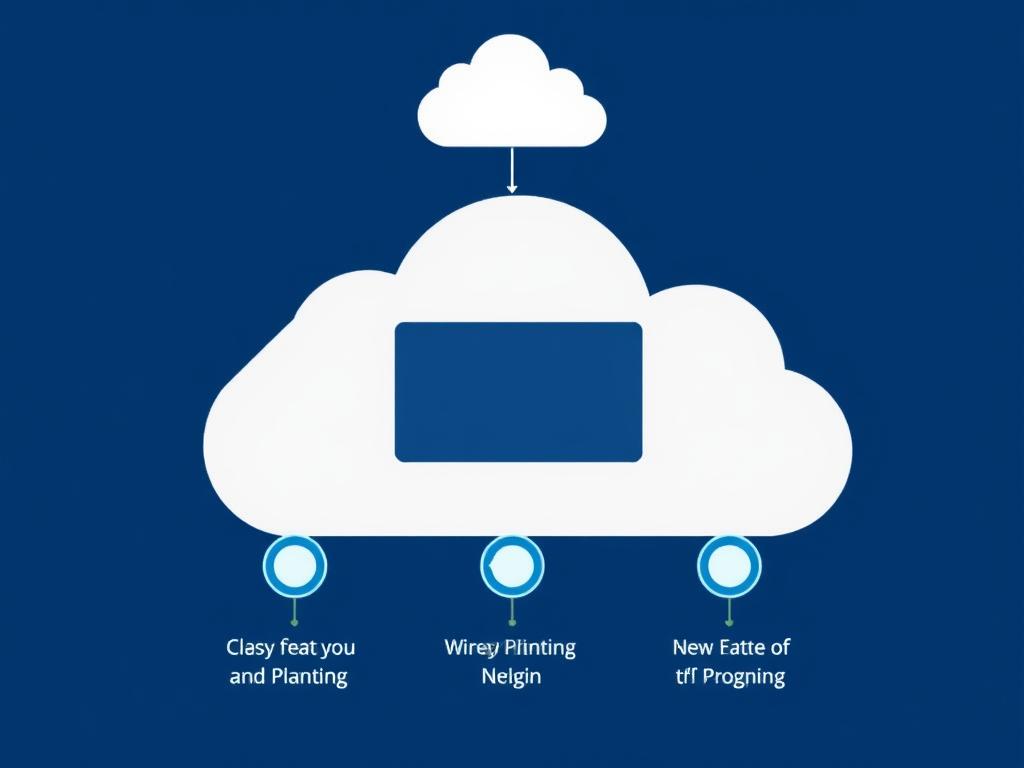Introduction: What Is Cloud-Based Video Processing?
In the fast-paced digital age we live in, video content reigns supreme. From social media clips to high-definition movies, video processing plays a vital role in how we create, share, and consume media. But with such an enormous volume of video data being generated daily, traditional on-premises video processing methods can quickly become overwhelming and costly. Enter cloud-based video processing—a modern approach designed to harness the power of the cloud to handle video tasks efficiently and flexibly. This method leverages cloud platforms to upload, convert, edit, and stream videos without the need for heavy local infrastructure.
Cloud-based video processing is essentially the use of remote servers in the cloud to perform video-related tasks such as transcoding, rendering, encoding, and streaming. By moving these resource-intensive processes to the cloud, users and organizations can access powerful computing resources via the internet, scaling their operations according to need. The convenience and scalability of cloud-based video processing make it highly attractive for video producers, broadcasters, content creators, and even regular users who want smooth video experiences. But as with any technological solution, it comes with both significant benefits and certain limitations that are important to understand.
Key Benefits of Cloud-Based Video Processing
The advantages of cloud-based video processing are numerous, and they have contributed to the surge in its adoption across industries. Here are some of the main benefits explained in simple terms:
1. Scalability and Flexibility
One of the biggest perks of using cloud-based video processing is the ability to scale resources up or down depending on your requirements. For instance, if you’re a content creator experiencing a sudden surge in video uploads or streaming demand, the cloud infrastructure can adapt seamlessly. You no longer have to worry about purchasing expensive hardware that might sit idle during slower periods. This elasticity allows companies to be more agile and cost-effective. You only pay for what you use, and you can enhance your processing power instantly.
2. Cost Efficiency
Instead of investing in and maintaining costly on-premises servers and specialized video processing hardware, cloud-based video processing offers a pay-as-you-go model. This pricing structure eliminates hefty upfront expenses and reduces the ongoing costs for maintenance, electricity, and cooling. Many cloud providers also handle software updates and system optimizations, which means less overhead and hassle for your IT teams. This affordability opens doors for small businesses and startups, who might otherwise struggle to handle complex video workflows.
3. Accessibility and Collaboration
Cloud solutions shine in terms of accessibility. Because all video files and processing tools reside on the cloud, teams can collaborate from any location with an internet connection. This aspect is especially valuable for international companies and projects that involve multiple contributors spread across the globe. Real-time collaboration becomes smoother, and project turnaround times improve dramatically. Also, storing content in the cloud simplifies video management and archiving.
4. Advanced Features and Integration

Many cloud video processing platforms come equipped with cutting-edge tools such as AI-powered video analysis, automatic captioning, transcoding to multiple formats, and live streaming capabilities. Thanks to constant enhancements from cloud providers, users benefit from new features without having to upgrade or install anything themselves. Additionally, these platforms often provide easy integration with popular content management systems (CMS), digital asset management (DAM) software, and social media.
Understanding the Limitations of Cloud-Based Video Processing
Despite its promising advantages, cloud-based video processing is not without challenges. It’s essential to weigh these limitations to make informed decisions:
1. Dependence on Internet Connectivity
Since cloud-based processing relies on the internet, a strong and stable connection is crucial. Uploading large video files to the cloud can be time-consuming and frustrating on slow or unreliable networks. Video streaming quality may also suffer due to bandwidth fluctuations or outages. For organizations in areas with limited internet infrastructure, this can be a significant barrier.
2. Data Security and Privacy Concerns
Hosting video files and processing workflows on a third-party cloud platform raises valid security concerns. Sensitive or copyrighted content may be vulnerable to unauthorized access or breaches. Although reputable cloud providers implement advanced security measures, no system is infallible. Businesses must carefully assess providers’ compliance with industry standards and legal regulations, especially in fields like healthcare, finance, or government where privacy is paramount.
3. Latency Issues
For live video processing—such as streaming events or interactive broadcasts—latency becomes a critical factor. Cloud-based solutions can introduce delays as video data travels back and forth between clients and remote servers. While many providers offer optimized networks to minimize latency, it can’t be fully eliminated and may impact real-time applications requiring instant responsiveness.
4. Potential Vendor Lock-In
Using a specific cloud provider’s proprietary tools and services can make it challenging to switch vendors or migrate data later. This phenomenon, known as vendor lock-in, may limit flexibility and bargaining power. Organizations need to evaluate long-term strategies carefully and consider multi-cloud or hybrid solutions to avoid dependency on one provider.
How Does Cloud-Based Video Processing Work?
Understanding the workflow of cloud-based video processing helps to appreciate its practicality. Let’s break down the typical steps:
- Uploading: Users upload raw video files or live streams to the cloud platform through a web portal, API, or dedicated software.
- Processing: Once uploaded, videos undergo processes like transcoding (converting video format), encoding (compressing files), filtering (enhancing image quality), or adding metadata.
- Storage: The processed videos are stored securely in cloud storage buckets, ready for retrieval and distribution.
- Delivery: Finally, the videos are delivered to the end-user via streaming services or downloadable links, optimized for various devices.
Popular Use Cases for Cloud-Based Video Processing
Cloud-based video processing caters to many industries and applications. Here’s a table highlighting some popular use cases:
| Use Case | Description | Benefits |
|---|---|---|
| Video Streaming Platforms | Enables video transcoding and adaptive streaming for millions of users | Scalability, cost-effectiveness, smooth user experience |
| Social Media Content Creation | Quick processing and enhancements of user-uploaded videos | Easy collaboration, fast turnaround, broad accessibility |
| eLearning and Webinars | Supports live and recorded educational videos with captions | Low latency, flexible integration, interactive features |
| Advertising and Marketing | Automatic generation of personalized video ads in multiple formats | Automation, improved targeting, multi-device compatibility |
| Video Surveillance | Processing and analyzing security footage using AI algorithms | Advanced analytics, storage efficiency, remote access |
Tips for Choosing the Right Cloud Video Processing Provider

With many cloud providers available, selecting the right platform can be overwhelming. Keep these factors in mind while making your choice:
- Reliability and Uptime: Check the provider’s SLA (Service Level Agreement) for guaranteed uptime.
- Security Features: Verify encryption methods, compliance certifications, and access controls.
- Supported Formats and Features: Ensure the platform supports the video codecs and editing tools you need.
- Pricing Model: Understand the pricing breakdown to avoid hidden costs.
- Customer Support: Responsive support is critical during technical issues.
- Integration Capabilities: Look for APIs and plugins that connect with your existing software.
Future Trends in Cloud-Based Video Processing

Looking ahead, cloud-based video processing is poised to evolve dramatically. Emerging trends include greater use of artificial intelligence for automatic content tagging and moderation, expanded support for 8K and VR video formats, and enhanced edge computing to reduce latency by processing data closer to users. The integration of blockchain for secure video rights management is another exciting development. These advancements promise even more efficiency, security, and immersive experiences for video professionals and consumers alike.
Summary Table: Benefits vs. Limitations
| Benefits | Limitations |
|---|---|
| Scalability and on-demand resource allocation | Requires stable and high-speed internet connection |
| Cost-effective pay-as-you-go pricing | Data security and privacy concerns |
| Remote accessibility and collaboration | Latency can affect live video use cases |
| Continuous updates and advanced features | Potential vendor lock-in risks |
Conclusion
Cloud-based video processing offers an innovative, flexible way to handle the growing demand for video content in today’s digital world. Its scalability, cost efficiency, and accessibility provide compelling reasons for businesses and creators to adopt it. However, it’s essential to remain aware of its limitations, such as dependency on reliable internet, security considerations, latency issues, and the risk of vendor lock-in. Choosing the right provider and carefully balancing benefits against challenges will help users make the most of cloud-based video processing. As technology advances, we can expect this approach to become even more integral to video workflows, enabling richer, faster, and more collaborative video experiences worldwide.